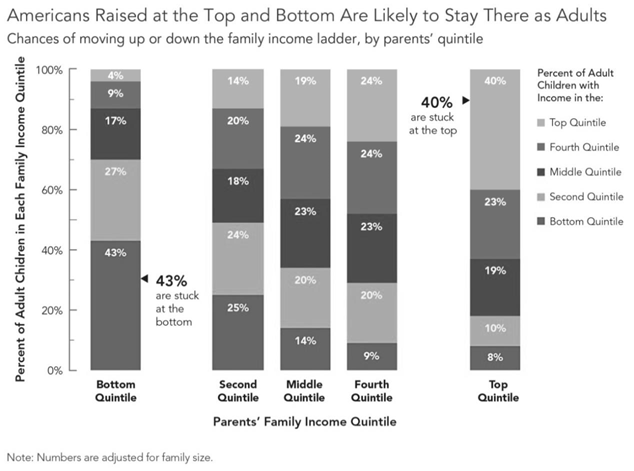Senator Bernie Sanders has been campaigning that he wants to close the income gap in America. Is there an income gap? Why should we care?
Last October, financial news and opinion company, 24/7 Wall St., reported that the gap between rich and poor “jumped dramatically” in the 1980s and has continued to grow. Between 1979 and 2011, wages for the wealthiest one percent of Americans more than doubled, while wages for the median U.S. worker increased just six percent. Nationwide, three percent of earned income goes to the poorest 20% of people, while 51 percent goes to the richest 20 percent.
The problem has worsened. Incomes among the richest 20% of households grew faster from 2006 through 2014 than they did among the poorest 20% of households in all 50 states without exception.
24/7 Wall St. reviewed the states with the widest gaps between the rich and poor. These states also tended to have relatively low educational attainment rates and poor job markets. Unemployment rates in those states was higher than the national rate. To identify these states, 24/7 Wall St. used information from the 2014 U.S. Census Bureau’s American Community Survey and information from the Bureau of Labor Statistics.
The five states with the widest gaps between the rich and poor are:
- New York
> Median household income: $58,878 (16th highest)
> Households earning $200,000 or more: 7.6% (7th highest)
> Poverty rate: 15.9% (19th highest)
- Connecticut
> Median household income: $70,048 (4th highest)
> Households earning $200,000 or more: 10.0% (2nd highest)
> Poverty rate: 10.8% (3rd lowest)
- Louisiana
> Median household income: $44,555 (7th lowest)
> Households earning $200,000 or more: 3.6% (25th lowest)
> Poverty rate: 19.8% (3rd highest)
- California
> Median household income: $61,933 (9th highest)
> Households earning $200,000 or more: 8.1% (5th highest)
> Poverty rate: 16.4% (17th highest)
- Massachusetts
> Median household income: $69,160 (6th highest)
> Households earning $200,000 or more: 9.3% (3rd highest)
> Poverty rate: 11.6% (10th lowest)
The Brookings Institution reported last October that the child poverty rate climbed from 14 percent in the 1960s to 21 percent by 1980 and remains over 20 percent. Where children end up economically can be forecast by their parents’ income, as illustrated in the chart below.
Children whose parents are at the bottom of the income ladder have a 43 percent chance of being stuck at the bottom as adults. Similarly, 40 percent of children whose parents are at the top of the income ladder will end up at the top. This pattern has changed little over generations.
Brookings cites the dissolution of the two-parent family as a significant factor in the poverty problem. An increasing number of children live in female-headed families, and these children are five times as likely to be poor than children in married-couple families. Being born outside marriage “in most cases instantly creates the family form in which children are to be poor.”
Education is another factor. The education gap between poor and rich families has increased, which makes it hard to close the income gap. Other factors are the work rate for men, which has declined over the last four decades, and that “wages for men in the lower half of wage distribution have been stagnant.”
The income gap isn’t just a fairness issue. It’s an economic issue for the rest of society.
People living in poverty require more social services. The incidence of crime related to poverty is 40 percent, and health care costs for the poor are significantly higher. These costs are absorbed by state and federal government. In a study published in 2007 by the National Poverty Center, four researchers from the University of Chicago, Georgetown University and Northwestern University concluded that poverty costs society some $500 billion per year.
It looks like Sanders is right about the gap. He just hasn’t explained why everyone should be concerned about it, and the reason is, it affects us all in some way.
_____________________________________
Jack D’Aurora writes for considerthisbyjd.com
___________________________________________________
ShareFEB


About the Author: